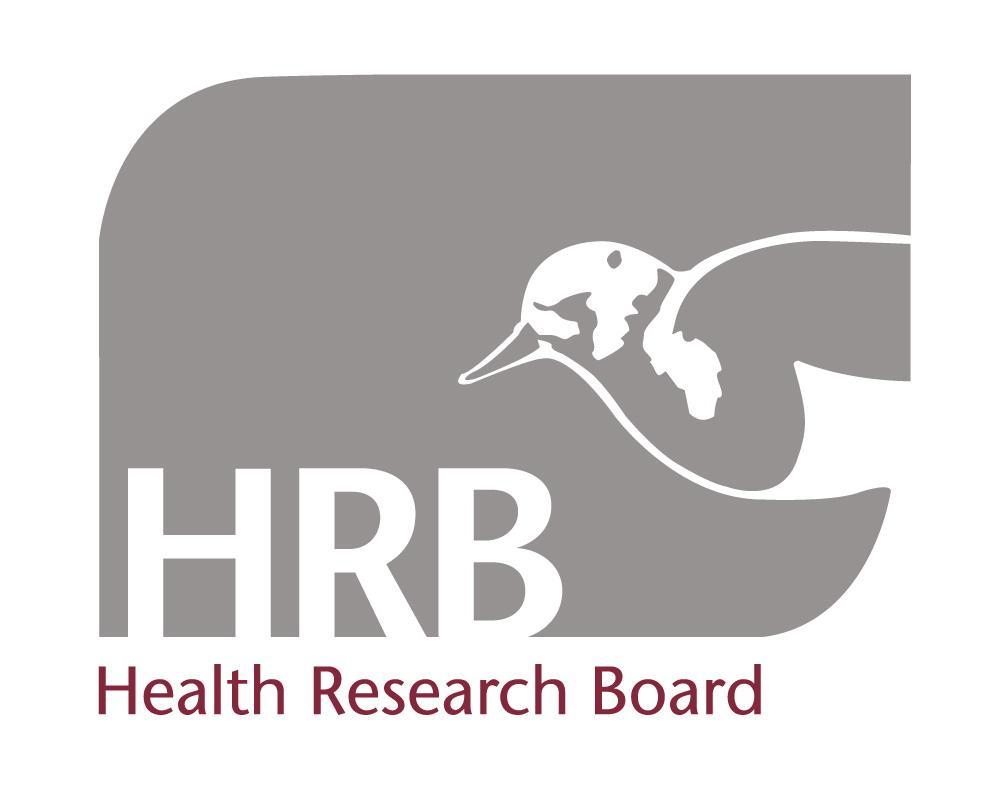HRB Newsletter

A HRB-funded study, led by Dr Noel Woods in UCC, estimates that as Ireland’s older population increases, the State could face an annual bill of €2 billion by 2026.
HRB Newsletter, July 2015
Ireland’s prescription medicine claims bill set to climb
9 July 2015
A HRB-funded study, led by Dr Noel Woods in UCC, estimates that as Ireland’s older population increases, the State could face an annual bill of €2 billion by 2026.
As Ireland’s population ages, the cost of covering prescription claims is expected to rise. It’s estimated that the population of Ireland will increase from 4.3 million in 2007 to 5.7 million in 2026 and the number of people aged over 75 will more than double in that time. According to an analysis by HRB-funded researchers in University College Cork, by 2026 Ireland could be shelling out more than €2 billion per year to meet the demand.
The study bases its projections on existing data about the General Medical Services (GMS) scheme, which in 2011 entitled around 37 per cent of the Irish population to free prescription drugs and appliances. Using a statistical technique called a Monte Carlo simulation, the researchers crunched the numbers to predict the cost burden of claims as the population ages over the coming years.
'Overall prescribing costs could rise from €1.29 billion in 2012 to €1.4 billion in 2016, €1.7 billion in 2021 and to more than €2 billion in 2026 if current policies on prescribing prevail', says Dr Noel Woods, a lecturer in economics at UCC’s Centre for Policy Studies.
Some parts of the country have higher average GMS prescription bill claims than others and that is likely to continue, according to the analysis, which is published in the journal BMC Health Services Research.
'Between 2003 and 2009 the Midlands region was the most expensive health board region and the North-West was the least expensive in terms of the average pharmacy cost per eligible GMS person, and our results show that this trend is forecasted to continue to 2026', says Dr Woods.
The simulations also project that females will be a bigger driver of GMS costs than males, and that people aged 70 and under 11 will be significant drivers of GMS costs in the coming years. The study also found that 10% of GMS claimants are high cost users and account for 50% of overall GMS costs, where a high-cost user is defined as those with an annual prescribing cost in excess of €2,000.
Existing government policies of reducing income thresholds for GMS eligibility and increasing co-payments could offset the rising cost to the State of prescription claims, explains Dr Woods. However, he cautions that downward adjustments in income eligibility limits affect the less well off disproportionately, and increases in the co-payment has been associated with poorer adherence to medications as prescribed.
'This can end up costing the exchequer in the long run', he says. 'Alternatively, the Government should direct its focus on savings to the supply side as more drugs come off patent, incentivising GPs to prescribe generic brands, and wider dissemination of information to the general public about the properties and advantages of generics. Furthermore, large buyers of prescription drugs, such as hospitals and the Government, should use their buying power to negotiate lower prices that could enable more people to access affordable medicines without incurring such a cost burden on the State'.
For further information, please contact n.woods@ucc.ie
Centre for Policy Studies
Ionad Staidéar Beartas
Contact us
University College Cork, 5 & 6 Bloomfield Terrace, Western Road, Cork
